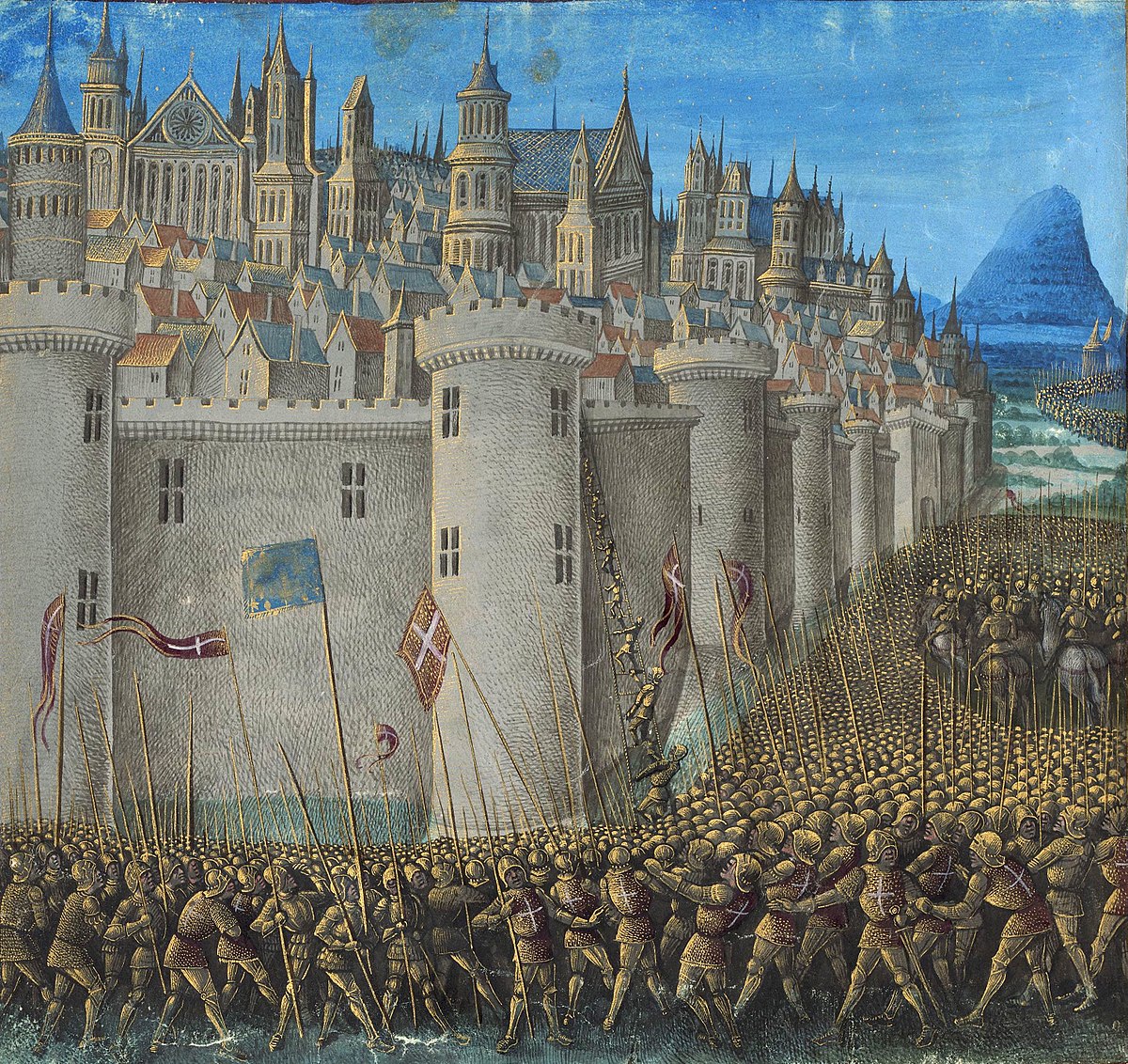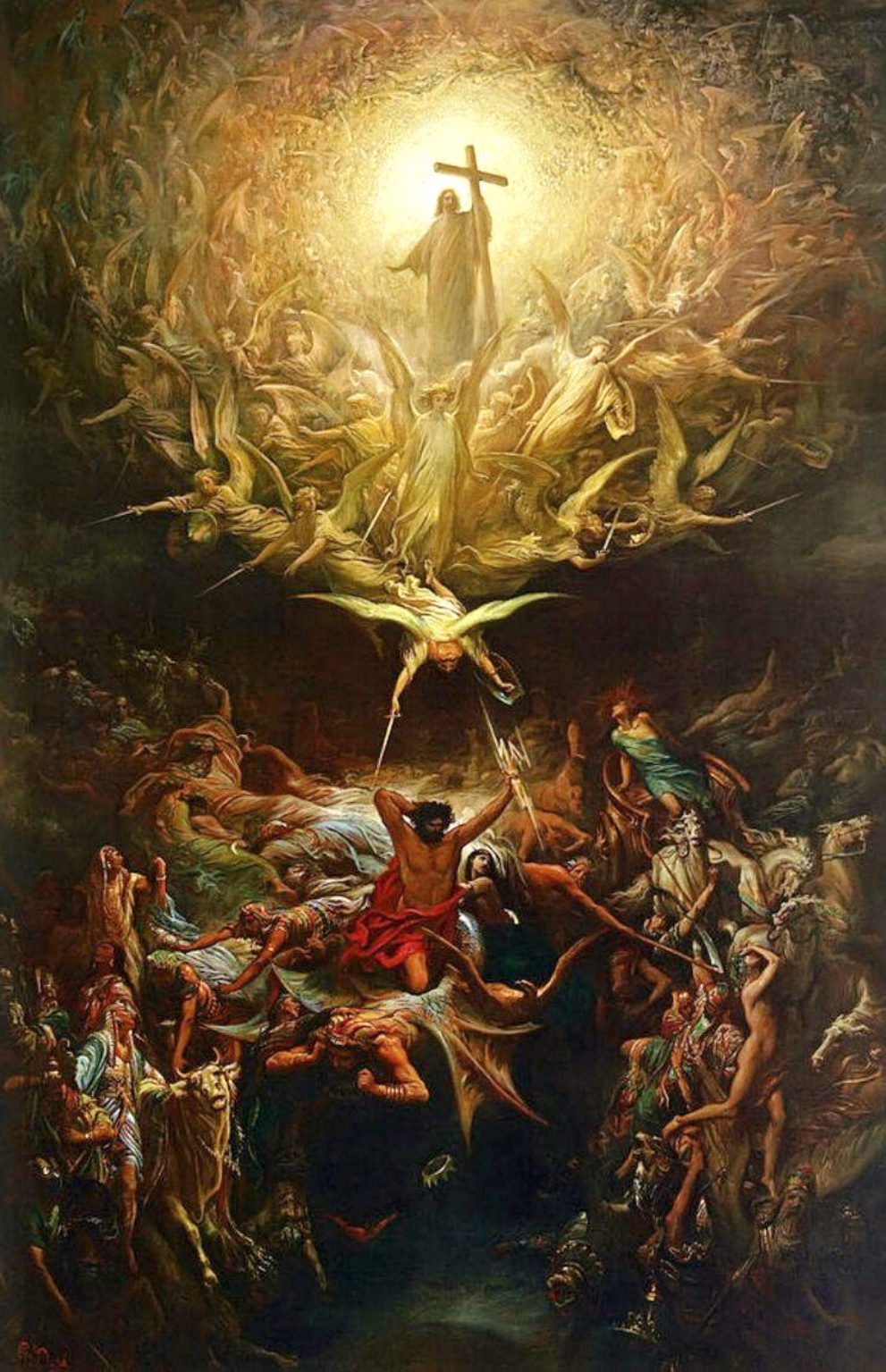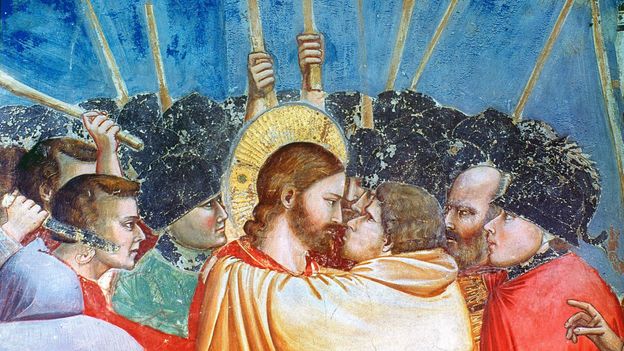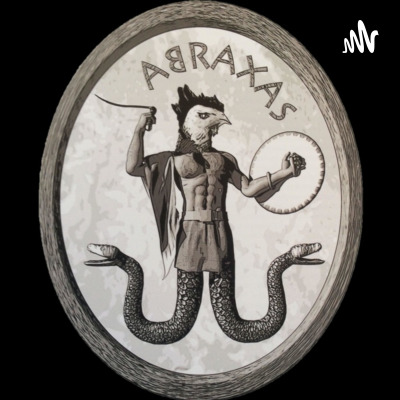DrZoidberg
Contributor
The siege of Nicea
In spring of 1097 The crusader armies were ferried over to Anatolia and started besieging Nicea (very close to Constantinople on the Anatolian side). They are miffed that the Byzantinian emperor aren’t joining them. They’re going on a huge crusade to retake lands for his benefit and he can’t be bothered to join in. But from his perspective it makes perfect sense. The Crusader army is bigger than whatever ramshackle troops he can scrape together. Nothing would stop them from slitting his throat at any opportunity. If the Crusader would be successful, and he would be in their army they would be able to twist his arm to get any concession. He didn’t want that. He wanted all the lands they took to become Byzantinian possessions again.
At Nicea the crusaders were really looking forward to a good sacking, to make up for their long trek. But imperial agents snuck in the back door, make a deal with the Turks, the imperial standards are raised above the city, and the Turks exit carrying huge bags of gold and are under the protection of the Byzantinian emperor. The Crusaders are prohibited from entering the, now Byzantinian, city. Tensions between Crusaders and Byzantinians are rising. Why did the emperor do this? Because if the Crusaders could enter and would sack the city they would wreck the city. He desperately needed the city to be healthy for future tax revenue and for new recruits for his utterly trashed army. If the city would have been sacked it would take decades before it would generate any surplus wealth.
In spring of 1097 The crusader armies were ferried over to Anatolia and started besieging Nicea (very close to Constantinople on the Anatolian side). They are miffed that the Byzantinian emperor aren’t joining them. They’re going on a huge crusade to retake lands for his benefit and he can’t be bothered to join in. But from his perspective it makes perfect sense. The Crusader army is bigger than whatever ramshackle troops he can scrape together. Nothing would stop them from slitting his throat at any opportunity. If the Crusader would be successful, and he would be in their army they would be able to twist his arm to get any concession. He didn’t want that. He wanted all the lands they took to become Byzantinian possessions again.
At Nicea the crusaders were really looking forward to a good sacking, to make up for their long trek. But imperial agents snuck in the back door, make a deal with the Turks, the imperial standards are raised above the city, and the Turks exit carrying huge bags of gold and are under the protection of the Byzantinian emperor. The Crusaders are prohibited from entering the, now Byzantinian, city. Tensions between Crusaders and Byzantinians are rising. Why did the emperor do this? Because if the Crusaders could enter and would sack the city they would wreck the city. He desperately needed the city to be healthy for future tax revenue and for new recruits for his utterly trashed army. If the city would have been sacked it would take decades before it would generate any surplus wealth.





